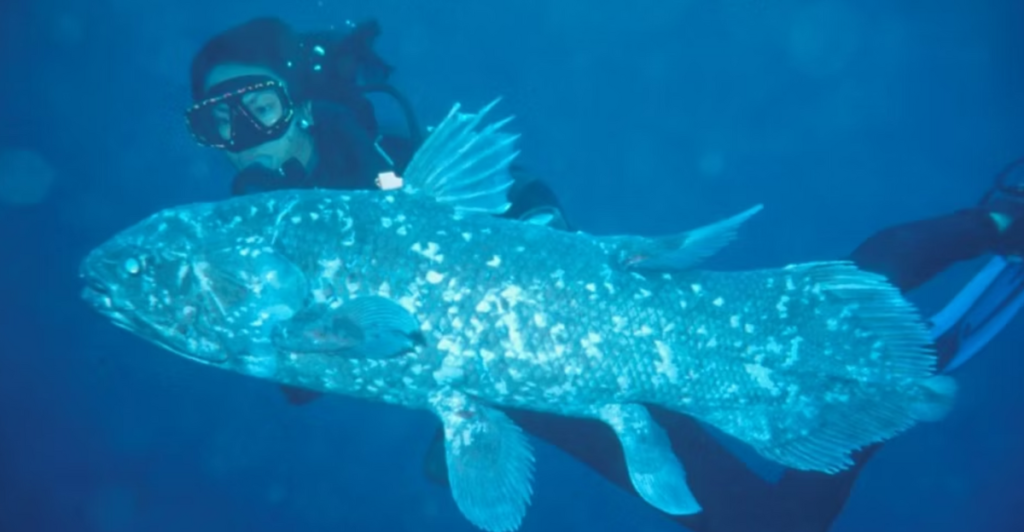
The coelacanth is a bizarre and wonderful species that was thought to go extinct over 65 million years ago until something incredible happened – living evidence was found by complete accident off South Africa’s Chalumna River.
In 1938, a living specimen was caught in a fishing net, proving that it’s extinction was called prematurely. The species had many expectations, being among the first “living fossils.” Research was conducted, and scientists were surprised by what they found – it hadn’t changed dramatically in 65 million years.
The modern species share a large amount of its DNA with a 360 million-year-old Devonian ancestor, including lobed fins and hinged skull joints. The coelacanth can give us extraordinary insights into evolution with its strange evolutionary pace.
A Living Fossil
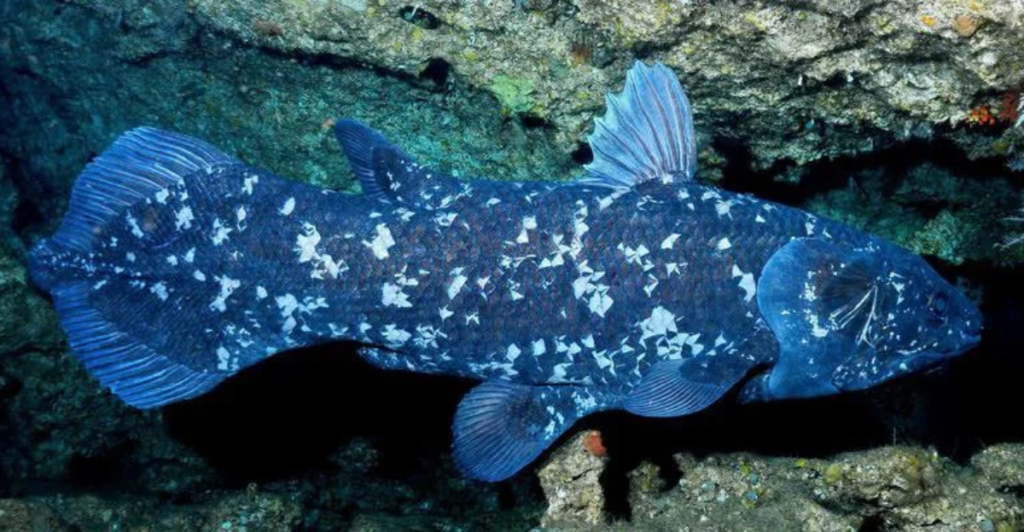
Marjorie Courtenay-Latimer claimed the specimen in 1938, and it sparked scientific intrigue and curiosity. For many scientists, it was almost like finding a living dinosaur hiding away for millions of years. The modern fish matched the last of its kind in the fossil record from 65 million years ago.
Since 1938, a population has been found off of Sodwana Bay, and researchers have studied the elusive animals. Their studies showcase that individuals have unique white spot patterns that have been surviving since the Cretaceous at depths of 100 to 144 meters (320 – 460 feet).
They have survived four mass extinctions without any significant evolutionary changes. This suggests that they have evolutionary strategies beyond Darwinian adaptation.
How They Defy Time
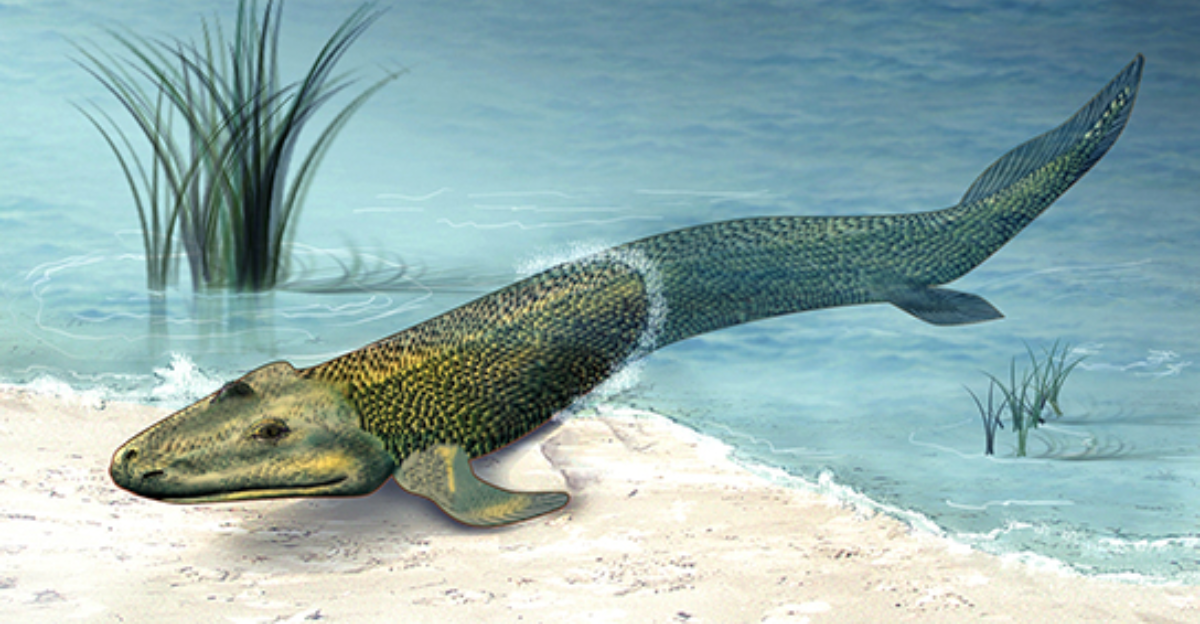
In 2013, a coelacanth genome project revealed how these fish can defy time. Usually, fish only share about 3% of regulatory DNA with land vertebrates. The coelacanth showed a much higher number at 63% of shared regulatory DNA.
The coelacanth was also noted to have not changed critical development genes like HOX, which govern body segmentation since the Devonian period. The reason for such little change in such a long time could be a stable environment with little change around it.
The species could be occupying stable mesopelagic zones that from depths of 100 meters to 500 meters (320 to 1600 feet). This deep-sea habitat could have had the species in suspended animation, evolutionarily speaking.
Unique Traits
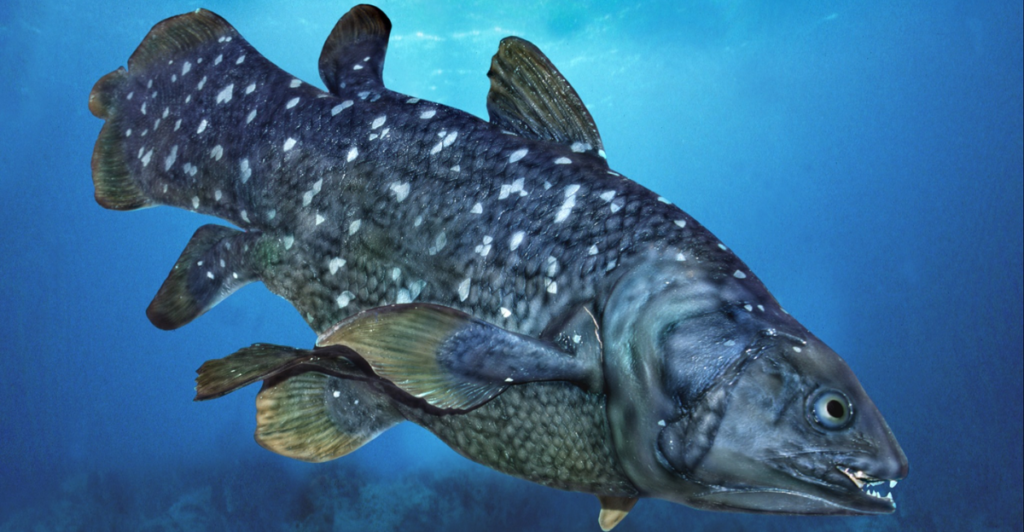
Coelacanths possess a few unique evolutionary traits, including their lobed fins, which are almost similar to the limbs of an animal. They also have a hinged jaw which allows their mouths to open wider than many other fish species. This allows them to consume larger prey.
They have a rostral organ, which helps them in electroreception. They also have a notochord that is filled with oil and unique scales, which help to give them a natural armor against many of the ocean’s predators.
All of these traits are unique to this species and haven’t changed in millions of years, suggesting that they are perfectly adapted to their environment. Their deep-sea habitat has been their salvation as they’ve used it as a refuge, hiding out of sight and out of mind for millions of years.
Reproduction
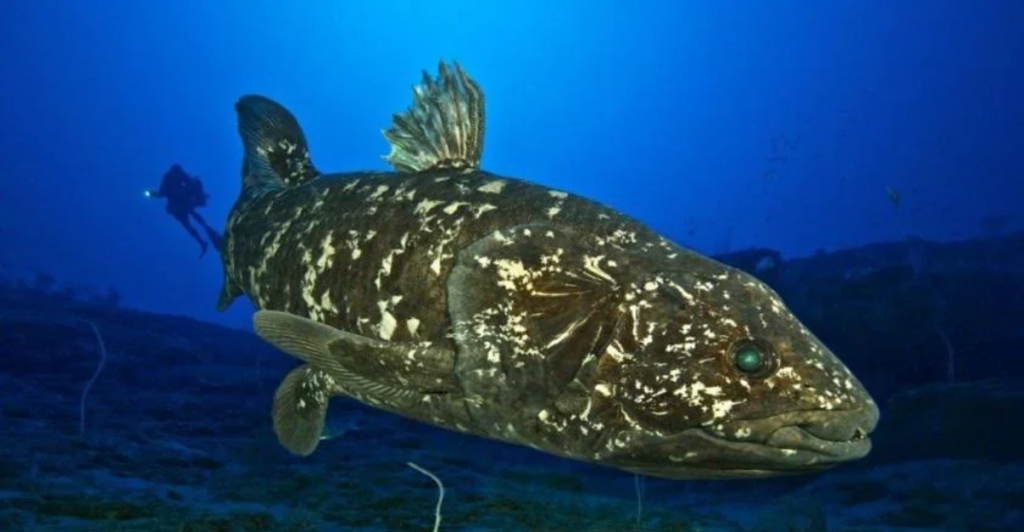
Coelacanths have a prehistoric and complex reproductive system that facilitates internal fertilization and live birth. Females will carry up to 26 embryos inside of them for years. Gestation takes around five years which is much longer than other fish.
Their slow gestation period and slow growth rate contribute to their incredible lifespans, with some individuals living up to 100 years. This suggests that the evolutionary path the species has chosen is one of a lower population of “quality” individuals rather than a large quantity.
Newborn coelacanths are about 35 cm long and do not need any aid from their parents. They are well-developed after being born and are completely independent individuals, capable of going on alone.
Behavior
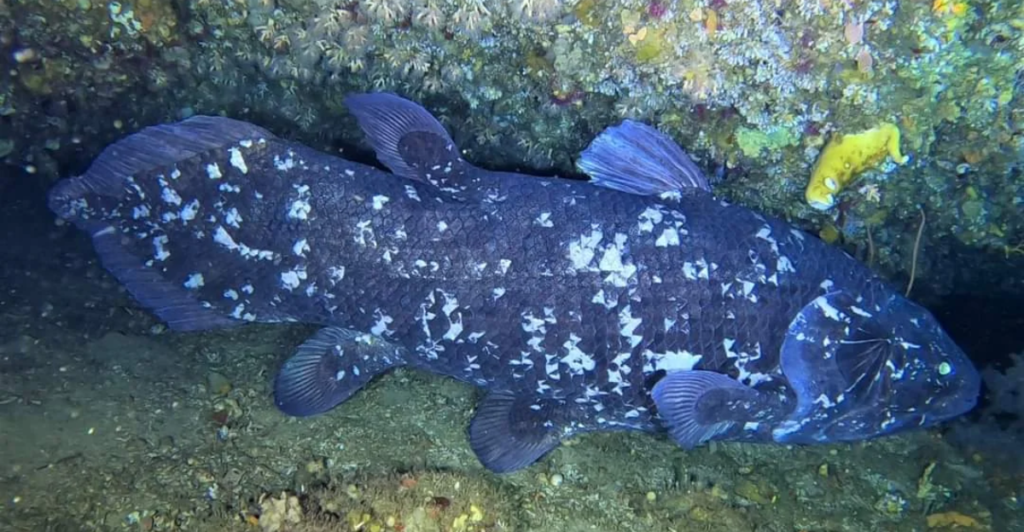
Coelacanths are primarily nocturnal predators, and will spend the daytime usually resting on in caves or on the seabed. This behavior is thought to have been an unchanged strategy for millions of years. They use their lobed fins to stealthily sneak up on their prey.
Their behavior staying consistent for so long suggests that they thrive in stable environments and have already adapted perfectly to their habitat as long as nothing changes.
The species has large eyes which are perfectly adapted to the depths of the sea, where little light reaches it. Their diet primarily consists of fish, squid, and crustaceans that they find on the sea floor. They are efficient hunters, despite moving at a slow pace to conserve energy.
Conservation Challenges
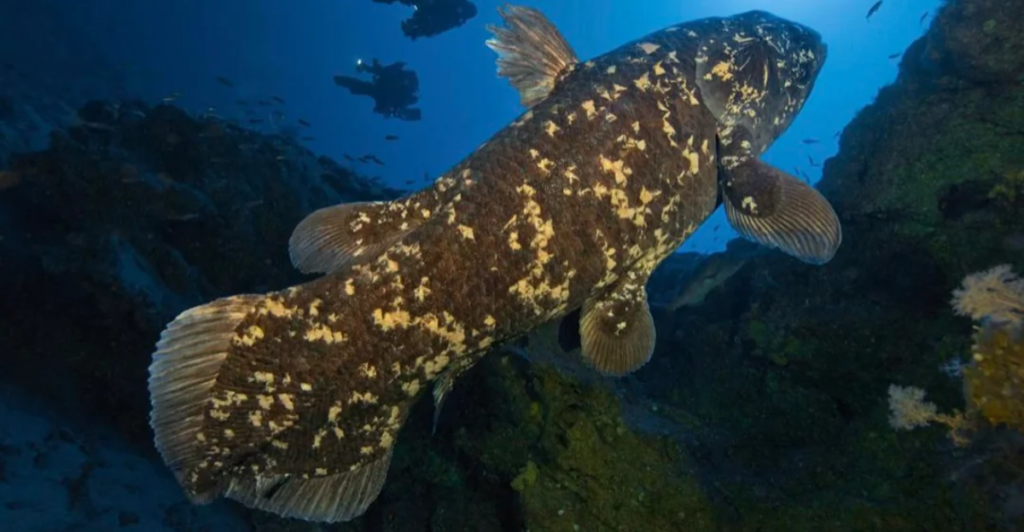
Although the coelacanth seems perfectly adapted to their environment, with little change over millions of years, they face many external threats mostly due to human activities. They can end up as bycatch in fishing nets and their habitat is facing destruction from human encroachment and pollution.
Since they reproduce so slowly, they are particularly vulnerable to a mass population decline if risk factors rise. Conservation efforts are well underway, but complications arise with such a deep sea habitat and the ethical questions about interfering with a species that’s been unchanged for millions of years.
The coelacanth has a unique status as a “living fossil,” and as such, conservation needs to have a delicate approach, preserving not only their population but also their genetic integrity.
Evolutionary Insights
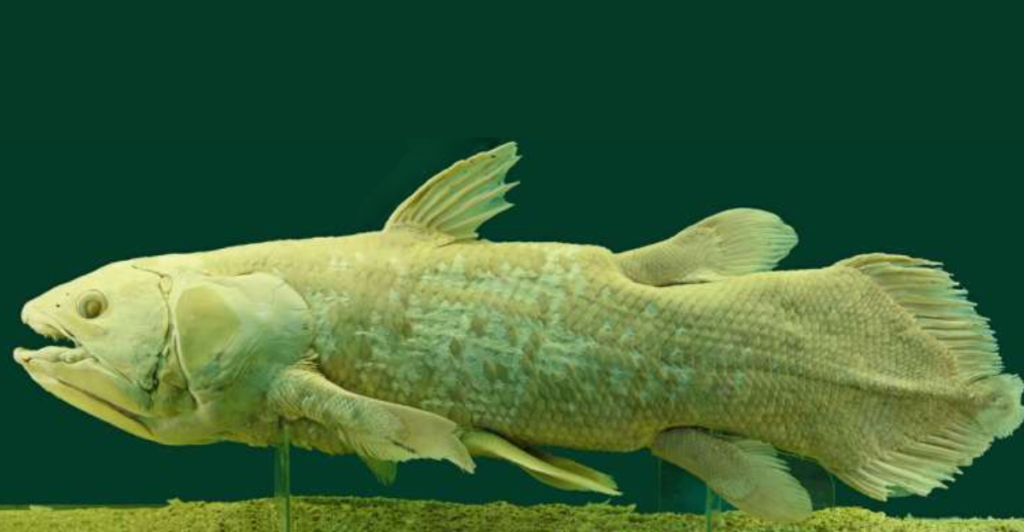
By studying modern coelacanth DNA, researchers are able to come to some fascinating conclusions about their vertebrate evolution. They share many genetics with tetrapods which suggests a common ancestry.
The slow mutation rate of the species partly explains their lack of evolutionary adaptations and suggests targeted conservation. Their unique evolutionary strategy goes against the beliefs of many other theories, as animals usually rapidly change to adapt to changing environmental factors.
Biotechnology and conservation work could be improved if this incredible species is to be studied more. Their genetic makeup can be a beacon for understanding evolutionary stasis and how it can play a role in species survival.
Climate Change Impacts
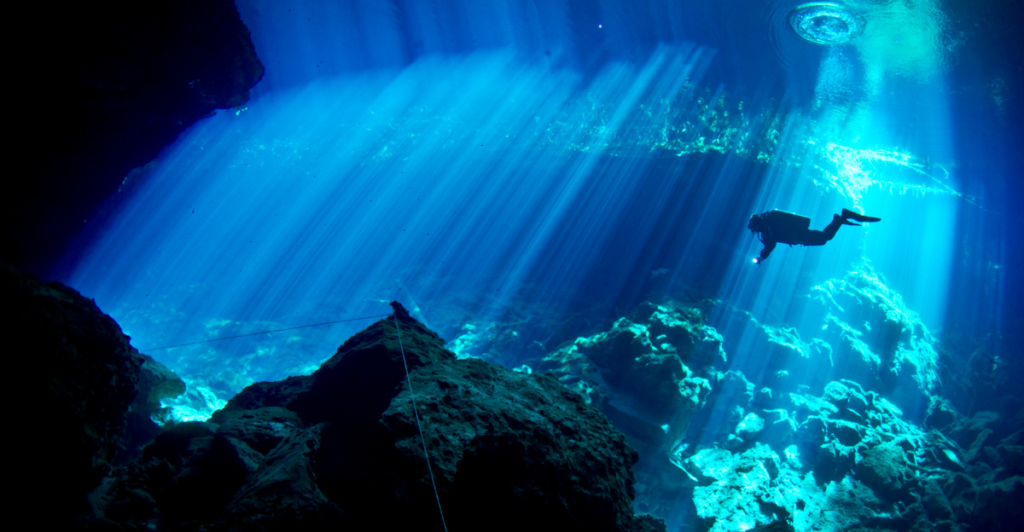
Because coelacanths are adapted perfectly to their environment, they are particularly vulnerable to climate change factors, such as a change in water temperature. This temperature change can affect their habitat and potentially their prey allocation.
They rely on the temperature of the ocean water to regulate their body temperature. If ocean water temperatures were to rise, then the species may be forced to swim deeper to match their current evolutionary adaptations.
Conservation needs to target more than just population recovery, as climate change plays a huge risk factor in many different populations. The coelacanth are particularly slow to adapt to environmental change, which makes them incredibly vulnerable.
An Ethical Dilemma
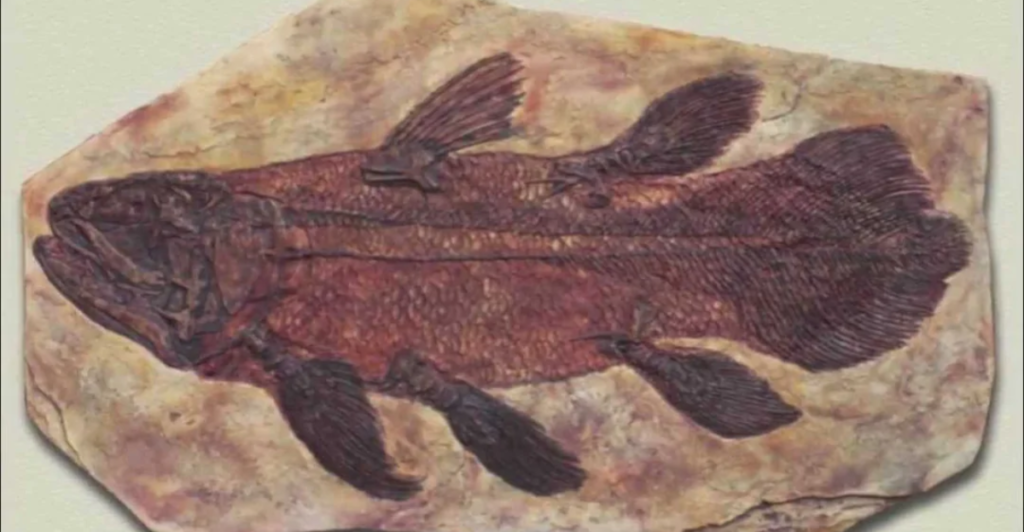
The coelacanth has a unique status in the scientific community as a living fossil, but this also brings up an ethical dilemma. While intervention may be required to save the species, it would most likely disturb their natural state and change them fundamentally.
These dilemmas highlight the complexities of conservation in many different cases. The species has defied extinction for millions of years when we thought they had died out, do they need our help now?
A more nuanced approach may be necessary in order to ensure that the species can be aid through conservation work without disrupting their way of life, which had been the same for millions of years. They are a perfect case for species management and the challenges that are encountered.
An Inspiration
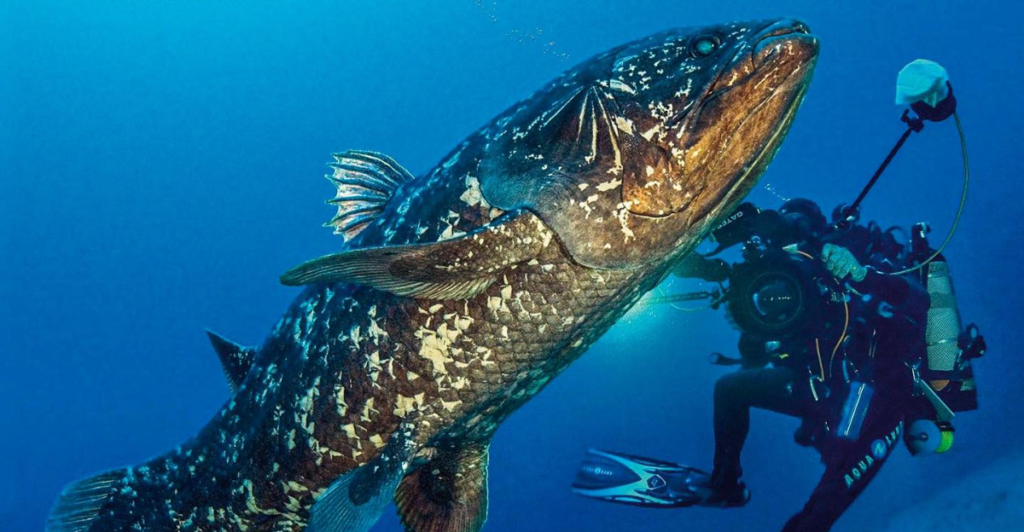
The coelacanth is a bizarre species, not only challenging evolutionary theories but also managing to beat notions of its extinction and showcasing how perfect adaptations in a stable environment don’t need to facilitate change.
As modern conservative challenges only grow more apparent in the face of climate change, studying the coelacanth could give researchers new insights into how to protect both their species, and many others in the face of endangerment.
Above all else, the coelacanth reminds us that the most effective evolutionary strategy may be to play it safe and stay exactly the same. They showcase the power of evolutionary stasis and how effective it can be. They continue to inspire conservationists and scientists alike, underscoring the importance of biodiversity on a rapidly changing planet.
Explore more of our trending stories and hit Follow to keep them coming to your feed!
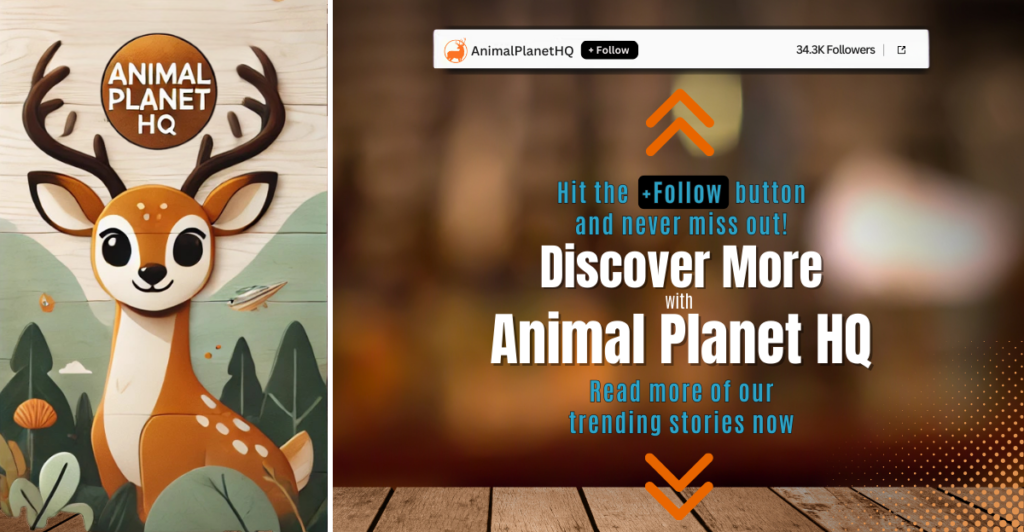
Don’t miss out on more stories like this! Hit the Follow button at the top of this article to stay updated with the latest news. Share your thoughts in the comments—we’d love to hear from you!







